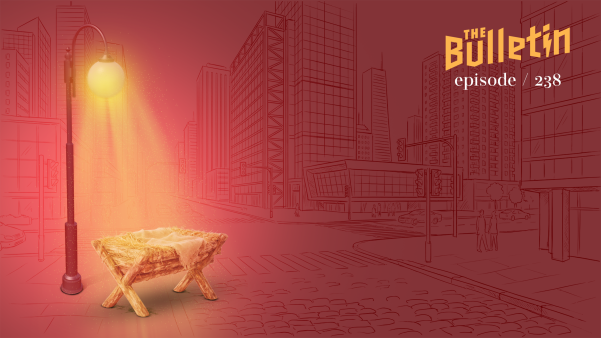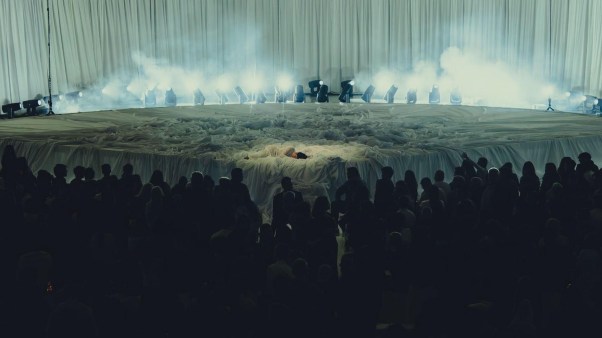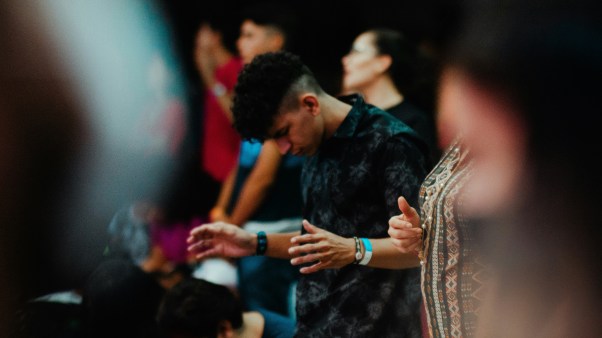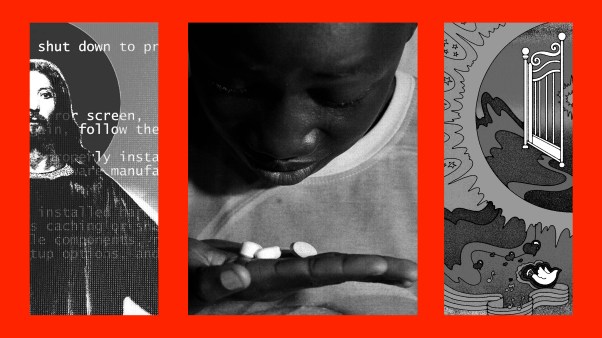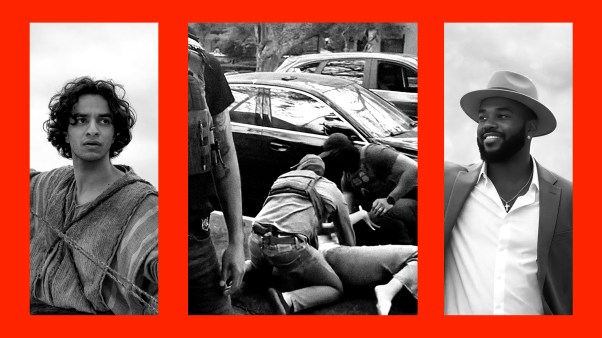The first Easter was a day that changed everything. What happened? The earliest written account of the Resurrection comes from Saint Paul. He wrote these words when there were thousands of persons still alive who had met the risen Christ: “What I received I passed on to you as of first importance: that Christ died for our sins according to the Scriptures, that he was buried, that he was raised on the third day according to the Scriptures” (1 Cor. 15:3-4).
Resurrection is a heavy word. It is not a synonym for either resuscitation or immortality. During his early ministry, Jesus brought back to life several persons who had died, including a grown man and a young girl. The same thing happened in the Old Testament. On one occasion a Jewish soldier who had fallen in battle was buried in the tomb of the prophet Elisha. When his body came in contact with the bones of the dead prophet, “the man came to life and stood up on his feet” (2 Kings 13:22).
All of these people were brought back to life, to earthly existence in this world for a while. But their reprieve from the Grim Reaper was not permanent: each of them had to face death all over again. The resurrection of Jesus was not like this. He did not merely cheat death for a while. On that first Easter, he conquered death once and for all in a way that no one has ever done before or since.
The resurrection of Jesus was a supernatural event of cosmic significance. And yet it happened in a certain place on a specific day. The biblical texts invariably use the language of space and time to describe this event. Jesus was raised on the third day. He left behind an empty tomb. He met the disciples for breakfast early in the morning. It was “nearly evening” when he shared that eucharist-like meal with the men of Emmaus. The note of particularity is unmistakable. This is the unperjured testimony of the eyewitnesses: the Lord is risen; he is risen indeed—bodily, visibly, audibly, perceptibly, in the same concrete sense in which he lived and died.
In our culture, many Easter sermons focus on the rejuvenation of nature, the budding of beautiful spring flowers, the cheerful chirping of the birds as a symbol of renewed life and Easter hope. “I see his blood upon the rose, and in the stars the glory of his eyes; his body gleams amid eternal snows, his tears fall from the skies.” Both Francis of Assisi and John Calvin could talk like this on occasion. And so may we, for the God who raised Jesus from the dead is the same God who created the world and pronounced it good. His fingerprints are on every sunset and dogwood blossom. One need not be an advocate of natural theology to appreciate the theology of nature.
But we must not trivialize the Easter message by romanticizing it away. Easter is not about the cycle of the seasons, the inevitable continuation of life as usual, the sentimental idea that the world is not so bad after all since after every evil something good naturally comes. The death and resurrection of Jesus is a stubborn contradiction to the kind of trite poetry that says, “God’s in his heaven, all’s right with the world.”
The message of Easter is that God left his heaven to enter fully into the life of a world that was far from all right. This is the real world, where men and women and children in Sierra Leone are lined up to have their hands chopped off “to set an example”; where a black man in Texas is dragged to death behind a pickup truck; where darkness reigns and evil sometimes seems to have the last word. The God of Easter did not shun this real world but came into the very thick of it, hugging unwanted children, forgiving prostitutes, dining with the scum of the earth, getting his hands dirty in acts of mercy, blessing, and love so real and so deep that they could not be crushed by death itself.
The first Easter was God’s great Coming-out Party. The empty tomb is God’s great exclamation point that comes in the middle of the sentence assuring us that, at the end of the day, beauty will not be sullied, nor truth denied, nor goodness overcome. For this reason, Christians through the centuries have celebrated the Feast of the Resurrection with great joy and great hope.
The poet Emily Dickinson understood this Easter faith when, facing imminent death, she wrote as the text of her last letter: “Little Cousins, Called back. Emily.” As she had requested, her body was carried out the back door, through the garden, to the cemetery. Later her brother had the words “Called back” and the date of her death, May 15, 1886, inscribed on her tombstone.
Because Jesus Christ was called back on that first Easter, Christians believe that all who know him and follow him will also receive a similar summons. Called back into the presence of a heavenly Father who loves us unto death and again unto life.
Timothy George is dean of Beeson Divinity School at Samford University and a member of BOOKS & CULTURE’s editorial board.
Copyright © 1999 by the author or Christianity Today/Books & Culture Magazine. For reprint information call 630-260-6200 or e-mail bceditor@BooksAndCulture.com.


